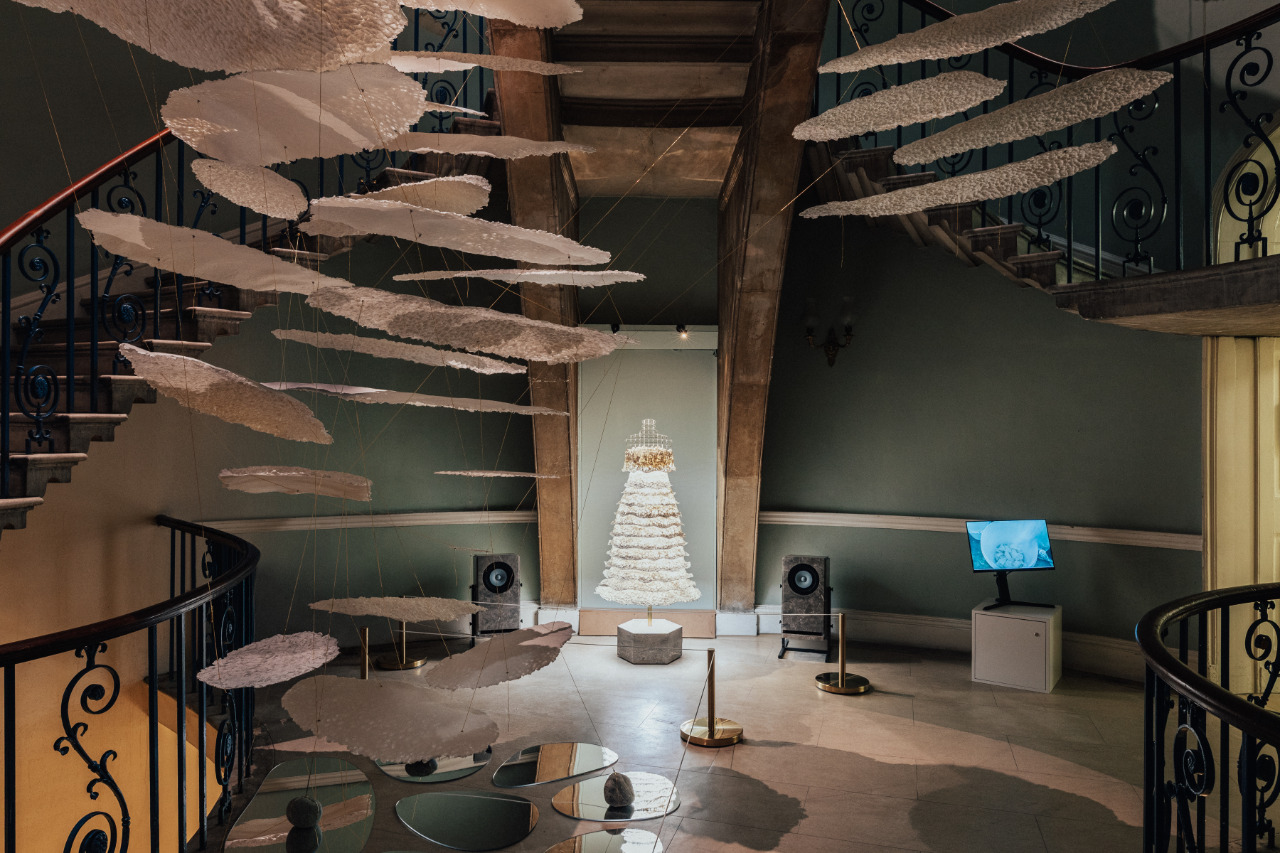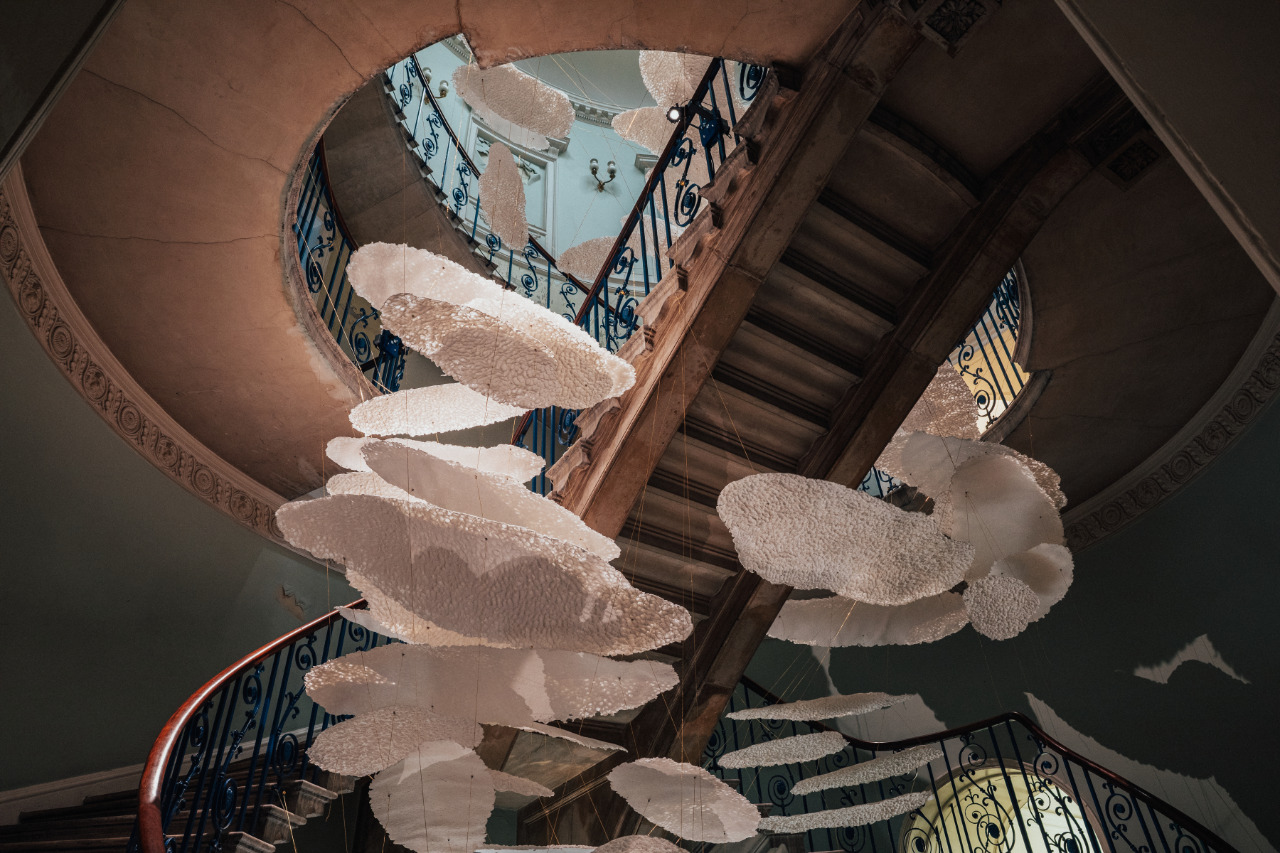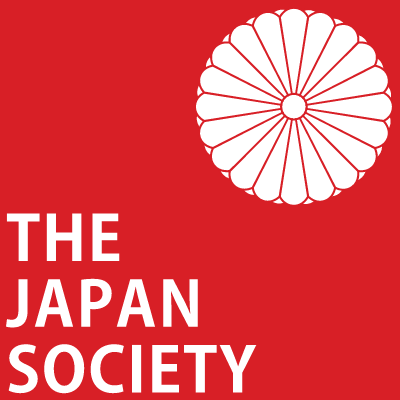Installation - Paper Clouds: Materiality in Empty Space
Japan Pavilion at London Design Biennale
Somerset House (5-29 June 2025)
Review by Sanae Inagaki
Experiencing Paper Clouds: A Space of Stillness and Suspension
The Japan Pavilion at the London Design Biennale 2025 presented Paper Clouds: Materiality in Empty Space. This installation quietly but confidently brought traditional Japanese materials and philosophies into dialogue with contemporary spatial design. Set within the historic Nelson Staircase at Somerset House in London, the work offered a compelling transformation of the architectural atmosphere.
I am not a specialist in contemporary art or design, and I approached this exhibition with the eyes of a general viewer. Yet the moment I stepped into the space, I immediately sensed that the air had shifted. Something had changed.

A Space Transformed
The Nelson Staircase is a historic spiral staircase that once led to the Navy Board Room. Elegant yet purposeful in form, it remains a popular location for film shoots due to its striking appearance. Normally, the space is imbued with a sense of weight and quiet dignity. On this day, however, it felt entirely otherworldly.
Suspended paper forms, evoking mist or drifting clouds, stretched vertically through the stairwell, catching the light in a way that suggested kobo (光芒) — shafts of sunlight breaking through cloud. For me, the installation conjured fragments of Japanese mythology and illustrated scrolls. But more than anything, the work seemed to invite projection: its ambiguity opened space for individual associations and quiet reflection.
Sound and Invisible Density
A recording of Japanese instruments such as the shakuhachi flute played softly throughout the space, adding another sensory layer to the experience.
The music, which seemed to carry a kind of spaciousness akin to the Japanese concept of ma (間), gave the environment a sense of depth and stillness. This interplay between sound and space resonated strongly with the exhibition’s underlying theme of suyari-gasumi.
Giving Form to Suyari-gasumi
The term suyari-gasumi refers to a visual device used in Japanese painting, especially in narrative scrolls and yamato-e, to represent temporal or spatial transitions through soft veils of mist. It is a technique that does not draw boundaries but rather allows things to emerge — or recede — with gentle ambiguity.
In Paper Clouds, this idea was materialised as something tactile and dimensional. The forms hovered between visibility and dissolution, possessing a presence while remaining elusive. It struck me as an attempt to give body to the intangible, and in that sense, it was remarkably successful.
Personally, I felt that the space — particularly the way the paper interacted with the light — conveyed something quietly hopeful. Not in a grand or dramatic sense, but in a way that suggested possibility, like soft light breaking through uncertainty.
Between Reality and Imagination
Elsewhere in the installation was a dress constructed from handmade paper. Its delicate form and structural rhythm suggested echoes of traditional garments or armour, yet it stood firmly within a contemporary aesthetic. It was both fragile and poised.
Together with the suspended paper clouds, the dress contributed to a sense of being held in a space between reality and imagination. It was the kind of environment that encouraged one to pause — not just physically, but mentally — to linger in a moment of interior suspension.
A Quiet Invitation
One question I found myself asking was: to what extent was this exhibition “open” to the uninitiated viewer? Would it still resonate with someone unfamiliar with concepts like suyari-gasumi or Japanese aesthetics?
In my case, I had only minimal background knowledge. And yet, by reading the wall texts, listening closely to the soundscape, and observing the subtle interactions of paper and light, I found myself drawn in. I felt things — even if I didn’t fully “understand” them. I made connections, memories surfaced, and meaning began to take shape.
In that sense, Paper Clouds felt less like a demonstration of knowledge and more like an invitation. It did not speak loudly, nor did it ask for quick interpretation. Rather, it created space — both literally and metaphorically — for individual experience to unfold.


